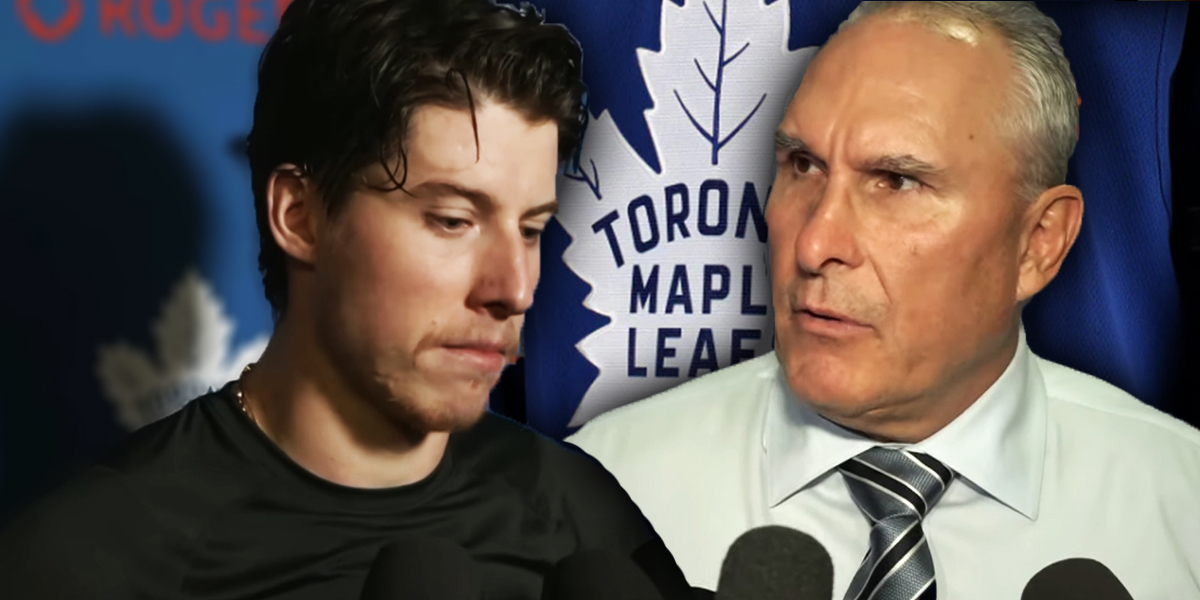The Los Angeles Dodgers made groundbreaking moves in the 2023 offseason by signing Japanese superstars Shohei Ohtani and Yoshinobu Yamamoto. Ohtani’s 10-year, $700 million deal is a record-breaking blockbuster, establishing him as the cornerstone player for the Dodgers. Yamamoto’s 12-year, $325 million contract is historic as the largest ever awarded to a pitcher in MLB.
Ohtani’s impressive six-season tenure with the Los Angeles Angels as both a hitter and a pitcher underscores the Dodgers’ commitment to building around his extraordinary talents, setting the stage for global growth and reshaping the landscape of Major League Baseball.

What If the Dodgers’ Plan Doesn’t Work?
If the Dodgers’ strategy of signing international talent, particularly Yoshinobu Yamamoto and Shohei Ohtani, doesn’t work as intended, what happens? It could work well; or, it could fail quite badly. If it does fail, several potential implications could arise:
First, the Dodgers will have lost their financial investment. The club has made significant financial commitments to these long-term contracts. However, if the players do not perform as expected, it would likely strain the team’s financial resources. Unsuccessful signings might lead to concerns about the return on investment and potential challenges in managing the team’s payroll.
Second, the Dodgers’ performance would suffer: The success of the Dodgers in the MLB heavily relies on the performance of key players. If Yamamoto struggles in his transition from Nippon Professional Baseball (NPB) to the MLB; or, if Ohtani can’t maintain his dual-threat capabilities, the team might not perform as well as anticipated. This could impact their competitiveness within the league.
The Dodgers Fans Could Respond Negatively
Third, the Dodgers’ fans’ high expectations could plummet. If that happens, they might become unhappy with the team. Attendance could fall. High-profile signings often raise fan expectations, and if the performance of Yamamoto and Ohtani falls short of the hype, it could lead to disappointment among fans. This, in turn, might affect attendance, fan engagement, and overall support for the team.
Fourth, the Dodgers’ team chemistry could erode. Introducing new players with different playing styles and backgrounds is great when it works. If it doesn’t work, it could sometimes disrupt team chemistry. That might be especially true because of the large disparity of earnings between some of the players who remain and the newcomers. Specifically, if the integration of Yamamoto and Ohtani into the team dynamic is not seamless, it may affect the overall cohesion of the roster by causing resentment.
Fifth, the Dodgers might have to engage in strategic reevaluation. If the plan fails, the signings would be deemed unsuccessful. These poor-value signings might prompt the Dodgers to reevaluate their long-term strategic approach. This could involve reconsidering their emphasis on international talent, reassessing scouting and recruitment processes, and adjusting their approach to building a competitive roster.
Sixth, the Dodgers should expect heavy (and negative) media scrutiny: Major signings attract media attention. However, if these acquisitions do not live up to expectations, the team might face scrutiny from sports analysts and commentators. Media narratives can (and usually do) influence public perception. These might contribute to additional pressure on the organization.
If Ohtani and Yamamoto Fall Flat, There’s Trouble
Success in baseball is complex and dynamic. The performance of a team depends on a variety of factors. These include individual player contributions, team dynamics, coaching, and adaptability to the evolving nature of the game.
Although the signings of Yamamoto and Ohtani present exciting possibilities, there are risks. The Dodgers have to hope their plan is a good one. If not, the outcome will only be known as the season progresses.





